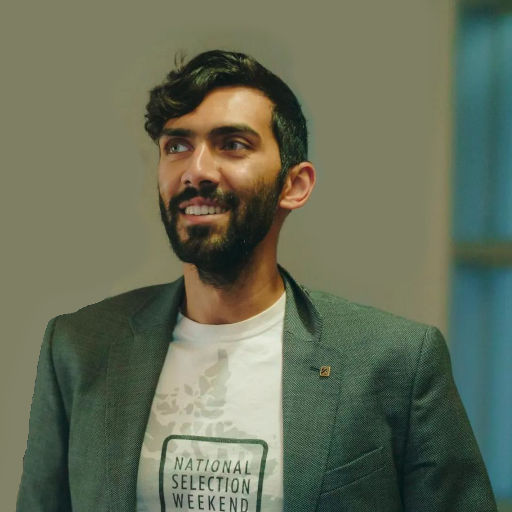About Guidebolt
Information drives every decision and action.
A practical understanding of any vision of the future must acknowledge the necessity, complexity, and difficulty of bridging the gap between abstract ideals and actual experiences.
Our mission is to significantly expand the scope and quality of what individuals and teams can accomplish.
We build dependable AI that is consistently correct and quick, to help you logically access, process, and deploy the information you need to succeed in any environment.

Yoonseo Kang
Founder & CEO
Accomplished Technical Leader ($300M IPO, First Employee/CTO at Payfare), Thiel Fellow, Open Source Industrial Automation Pioneer (OSE). Supporting contributor to OpenAI 5v5.

Kemal Ahmed
Chief Business Officer (CBO)
Elected to Managing Board of $10M Provincial Budget, Software Entrepreneur ($600K sales) for B2B clients including Amazon, UX Patentholder, B. Eng.

James Koppel
Software Science Advisor
MIT Software Ph.D. Renowned Advanced Software Design Expert (Mirdin). Thiel Fellow. NSF Fellow. 6 Software Patents. Former Apptimize Engineer (over 1 billion installations).

Tim Barfoot
Software Autonomy Advisor
UofToronto Ph.D and National Research Chair in Autonomous Robotics. IEEE Fellow. Author of "State Estimation For Robotics". Former Engineer at MDA (Canadarm).

Dev'Roux Maharaj
AI & Economic Advisor
Harvard Research Fellow, Ontario Safe AI Advisor, Founder and Head Researcher at UofToronto Computational Economic History Lab, MS at London SE.

Elija Perrier
AI Research Collaborator (Academic/Theoretical)
UofSydney Ph.D AI and Quantum Machine Learning, BSc Physics/Mathematics, Graduate Diploma in Legal Practice (GDLP). Stanford Center Fellow.
Past & Present Contributors
Forrest Hicks
Software Developer
Sydney Swaine Simon
Business Advisor
Tyler Mayoff
Software Developer
Sebastian Pelletier
Software Developer
Aziz Misleh
Mechanical Engineer
Inderpal Singh
Mechanical Engineer
Simon Bilodeau
Software Developer
Sean Meath
Software Developer
Laiken Williams
Graphics Artist
Santana Salcedo
Soft Materials Integrator
